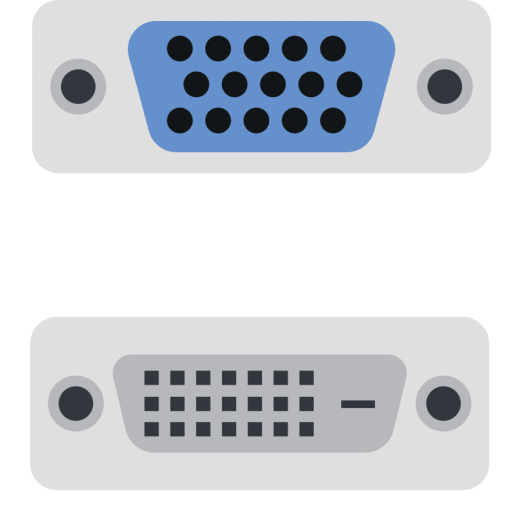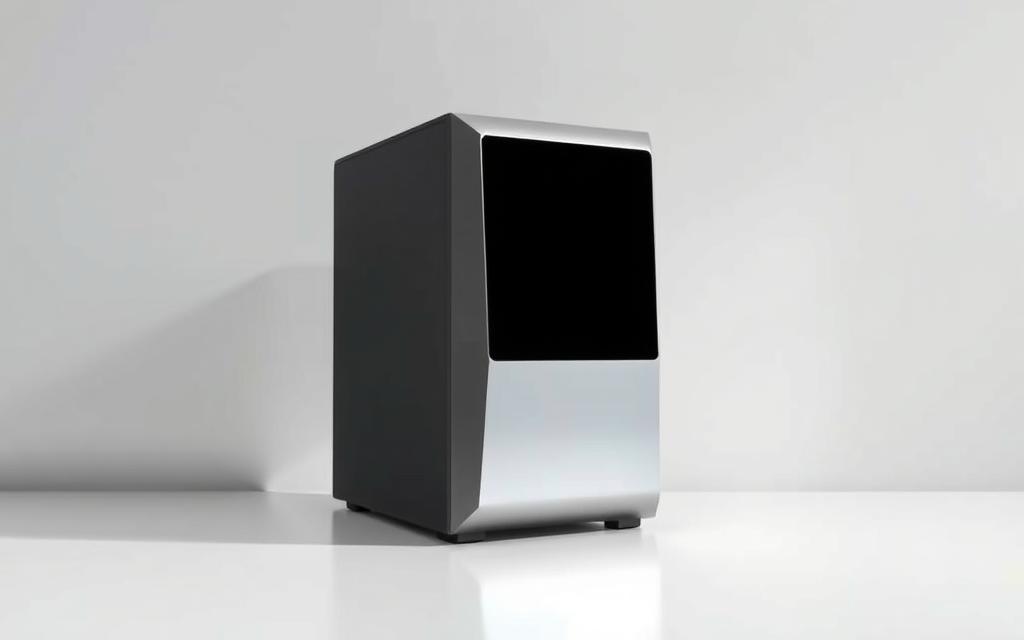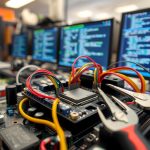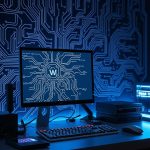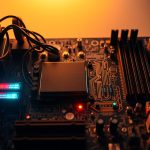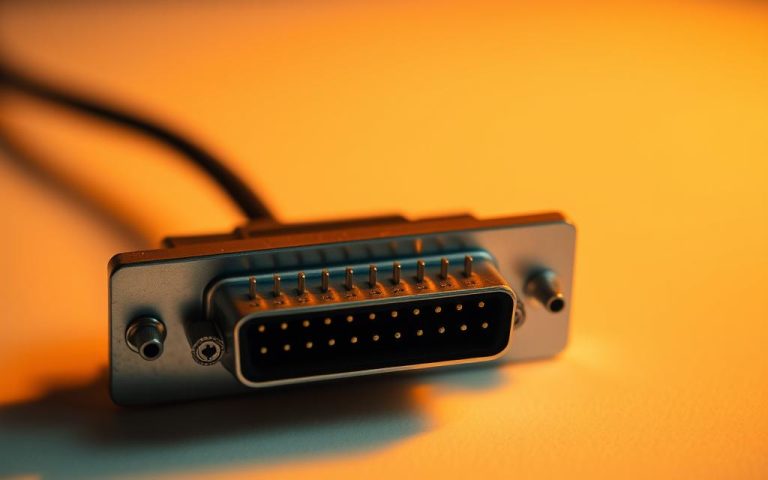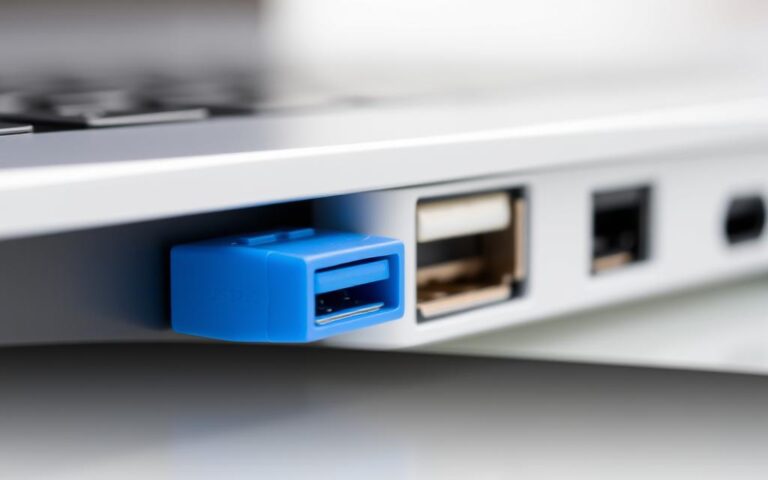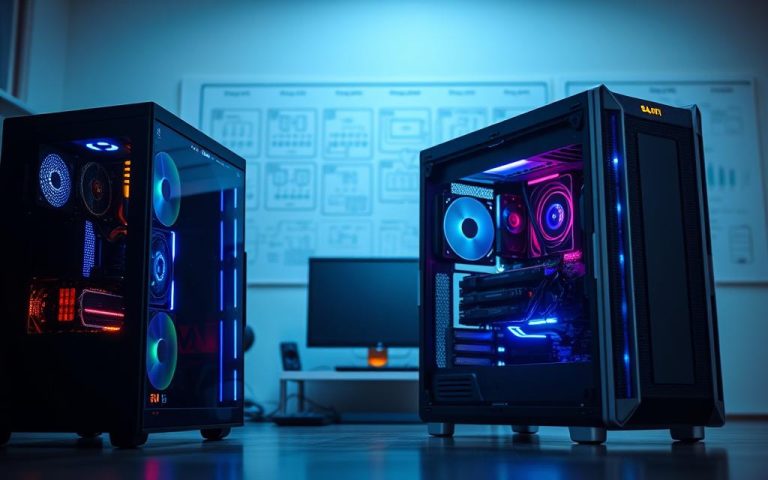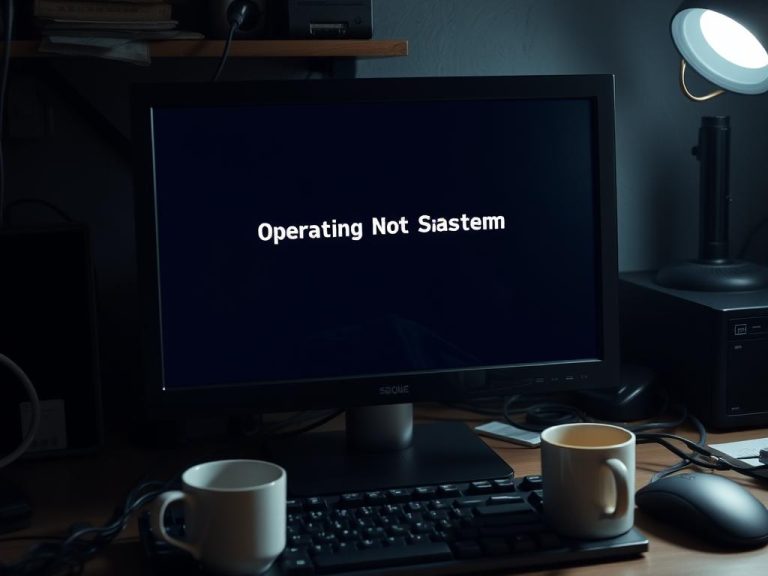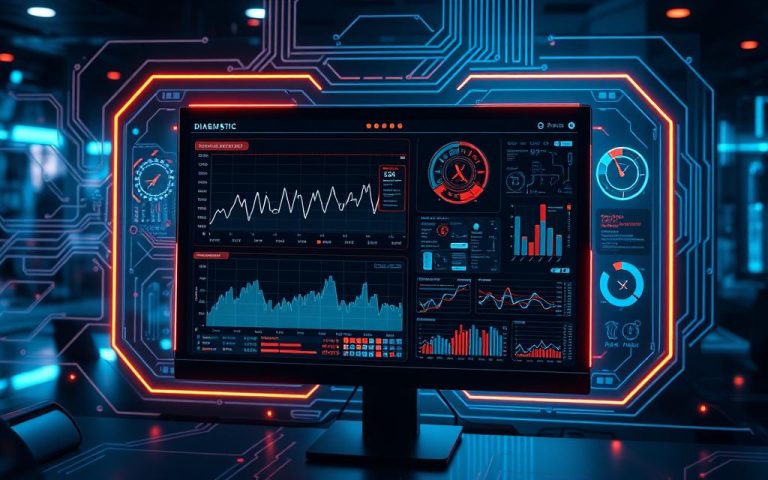Can a Computer Function Without an Operating System?
Early computing relied on manual processes before modern operating systems existed. Machines like ENIAC used plug boards for calculations, requiring physical rewiring for each task. These massive devices performed single operations at a time, lacking the flexibility we expect today.
Modern hardware still boots using BIOS firmware, but this basic system handles only startup checks. Complex functions like memory management or multitasking demand a full-fledged OS. Without one, every program needs custom code to interact with components like keyboards or displays.
Building software for bare-metal environments resembles constructing a house brick-by-brick. Developers must create individual solutions for basic operations, drastically increasing development time. This approach limits devices to running one application exclusively.
Can a Computer Work Without an Operating System?
Direct hardware control presents unique challenges in contemporary computing. While early machines like ENIAC operated on single-task principles, modern expectations demand flexibility. Operating systems abstract complexities, but their absence forces developers to write code for every interaction.
BIOS Boot Process Limitations
The BIOS firmware initializes hardware and locates bootloaders but lacks task management. It’s akin to a traffic cop directing cars without controlling their routes. For example, it loads the first 512 bytes of a device but cannot execute multitasking programs.
Driver Development Challenges
Proprietary hardware requires custom drivers, a time-intensive process. Without standardized interfaces, each component—from GPUs to keyboards—needs manual programming.
“Bare-metal coding is like reinventing the wheel for every device,”
notes an embedded systems engineer.
Commercial Software Dependencies
Most applications rely on operating systems for resource allocation. Photoshop or Chrome won’t function standalone, as they depend on underlying system software. Microcontrollers like Arduino offer alternatives but limit scope to single-purpose tasks.
How Computers Function Without an OS: Technical Challenges
Modern computing relies on abstraction layers, but removing them reveals complex technical hurdles. Developers must rebuild foundational components—from input handling to graphics rendering—without standardized interfaces.
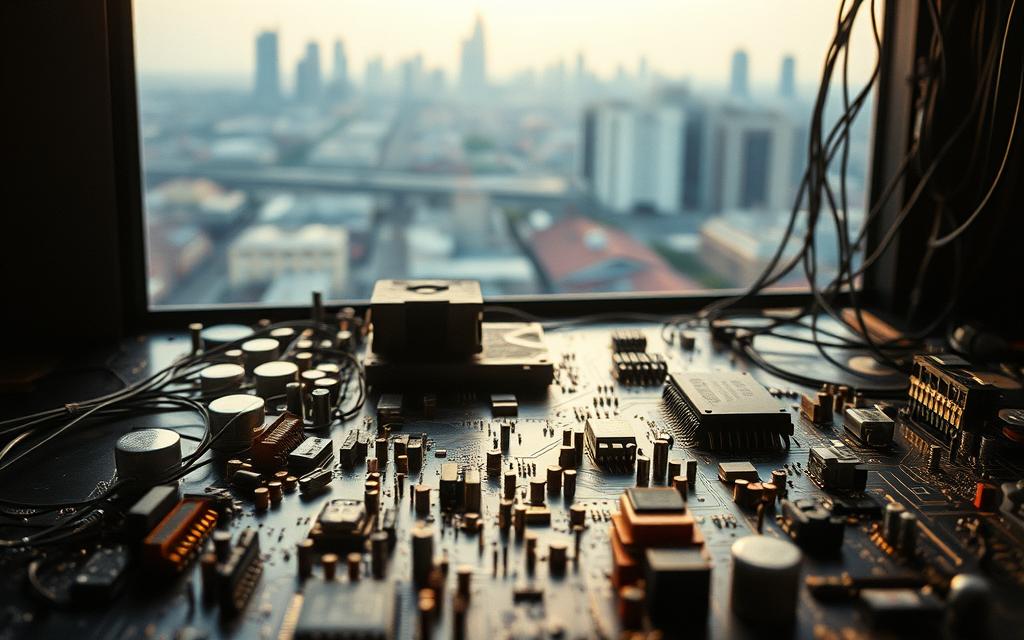
Writing Code for Every Action
Every keystroke requires manual translation from hardware signals to readable text. For example, rendering the letter “A” involves:
- Polling the keyboard’s electrical signal
- Mapping the scan code to ASCII
- Drawing pixels on-screen via GPU instructions
High-level languages like Python become unusable without system libraries. Developers resort to assembly or C for direct hardware access.
Hardware Drivers and Compatibility
Proprietary components like NVIDIA GPUs demand custom drivers. Unlike OS-managed plug-and-play, each device needs tailored code to initialize and function.
| Component | OS-Managed | Bare-Metal |
|---|---|---|
| GPU | Automatic driver loading | Manual firmware programming |
| Storage | File system abstraction | Direct sector-by-sector reads |
“Writing GPU drivers without vendor documentation is like reverse-engineering a spaceship,”
Single-Task Limitations
Without an OS, memory and CPU resources dedicate to one program. Multitasking—like browsing while printing—requires rewriting scheduler algorithms from scratch.
Real-world applications (e.g., video editors) fail to run standalone due to dependency chains. Even simple tasks consume excessive time without prebuilt system utilities.
The Role of BIOS in a Computer Without an OS
When power flows through a device, BIOS springs into action before any software loads. This firmware performs a Power-On Self-Test (POST), checking critical hardware like the CPU, memory, and storage drives. If issues arise, it halts booting with beep codes or error messages.
BIOS then searches for a bootloader on connected disks. Without an OS, it may find none, leaving the system idle. Unlike modern UEFI, BIOS lacks graphical interfaces or networking capabilities, limiting troubleshooting options.
Key limitations include:
- No multitasking: BIOS initializes components sequentially, unable to manage concurrent processes.
- Manual configuration: Settings like boot order require user input via a text-based menu.
- Basic diagnostics: Firmware checks detect failures but can’t repair complex hardware issues.
“BIOS is like a flashlight in a blackout—useful for basics, but you’ll need more for real work,”
Modern UEFI improves on BIOS with faster boots and secure features. However, both share core constraints: neither replaces an OS for managing applications or multitasking.
Conclusion
Specialized hardware like microcontrollers proves bare-metal computing remains viable for specific tasks. Devices such as Arduino run single programs efficiently, avoiding operating system overhead. However, they lack the versatility expected from modern workstations.
Developing for PCs without an operating system demands excessive time and expertise. Every component requires custom software, from storage access to display rendering. Most commercial applications simply won’t function in such environments.
While niche cases exist—embedded systems, digital kiosks—general-purpose computers thrive with Windows or Linux. These platforms manage resources seamlessly, letting users focus on applications rather than hardware intricacies.
FAQ
Is it possible for a machine to run without Windows, Linux, or macOS?
Yes, but functionality is extremely limited. The device can execute basic firmware-level tasks like BIOS or UEFI operations but cannot run standard applications.
What happens if no OS is installed on a PC?
The hardware boots into firmware (BIOS/UEFI) but halts since no software exists to manage memory, CPU, or storage. Users see error messages like “No bootable device.”
Can embedded systems operate without traditional operating systems?
Some embedded devices use bare-metal programming instead of an OS. These systems run a single application directly on hardware, like traffic lights or microwave controllers.
How do programmers interact with hardware when no OS is present?
Developers must write low-level machine code or assembly language to directly control CPU registers, memory addresses, and hardware components—a complex, time-intensive process.
Why can’t modern multitasking happen without an operating system?
OS kernels handle task scheduling, memory allocation, and process isolation. Without this layer, a processor can only execute one instruction sequence at a time.
Does BIOS replace the need for an operating system?
No. BIOS initializes hardware during boot but lacks drivers, file systems, or application support. It’s firmware, not a replacement for Windows, Linux, or macOS.
Are there real-world examples of computers functioning without an OS?
Supercomputers like IBM’s Deep Blue used custom-built software without traditional OS kernels. Early arcade machines and industrial controllers also ran OS-free.
